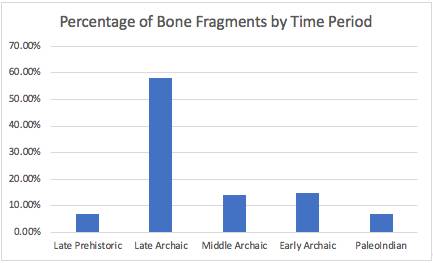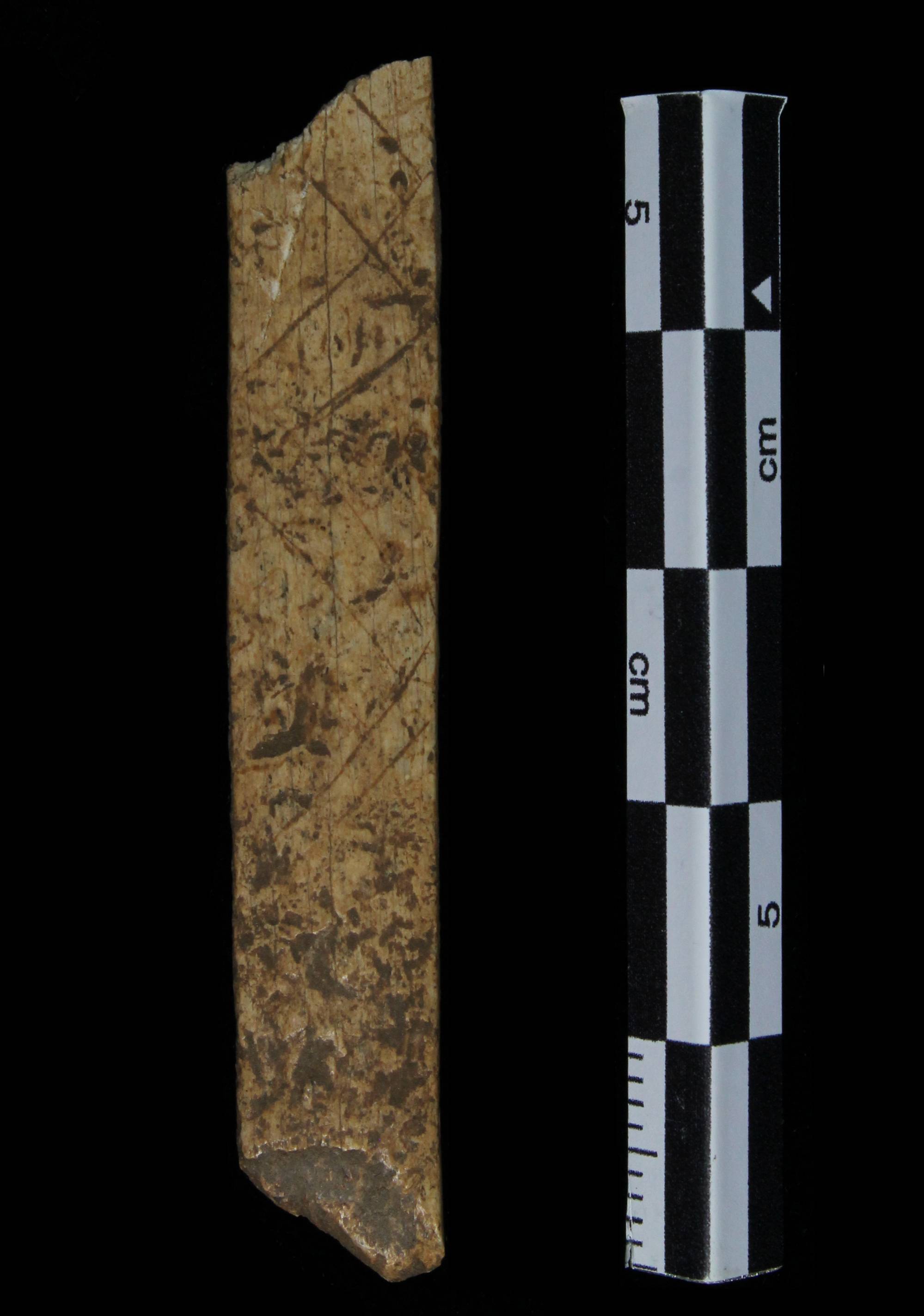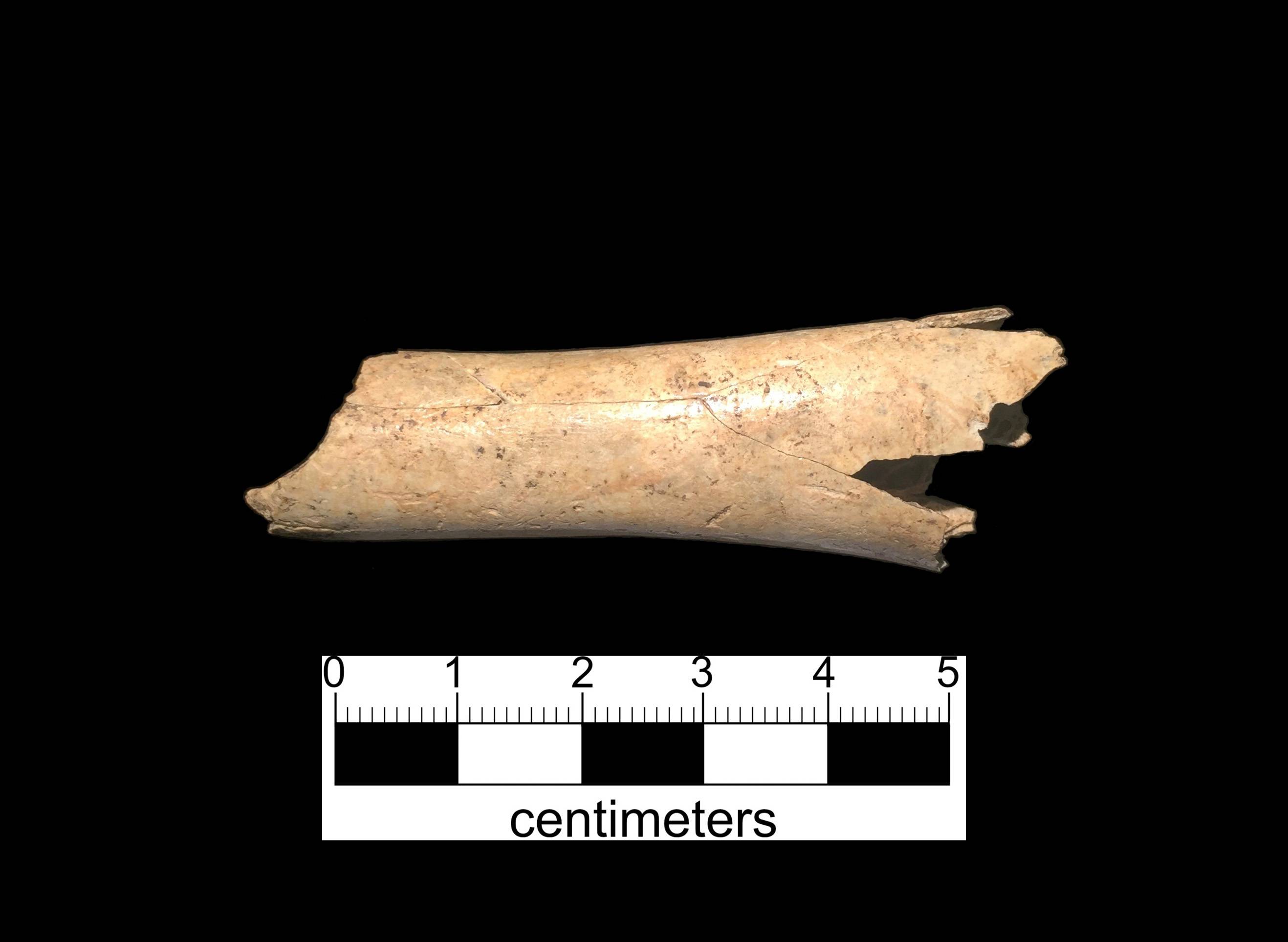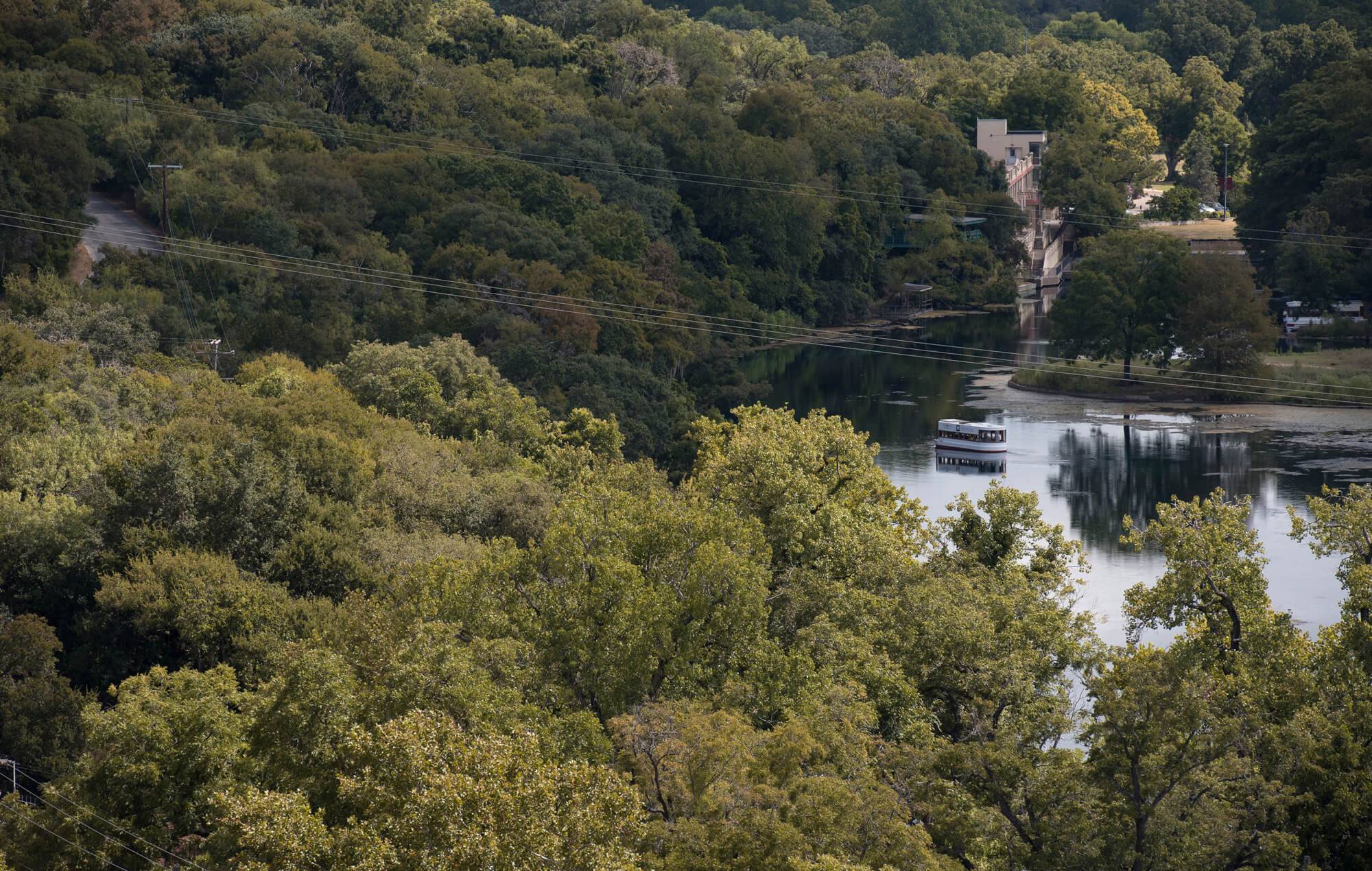Animal Bones
The 2014 Spring Lake Data Recovery unearthed more than 31,000 fragments of bone from many different kinds of animals, birds and fish. We're very excited about the wealth of information the samples can give us about what ancient indigenous Texans ate and how they lived. Detailed analysis of these bones was completed by faunal analyst and zooarchaeologist, Dr. Christopher Jurgens. This webpage is dedicated to the results of this study.
Zooarchaeological studies are used to investigate site formation, biological processes, and cultural processes which are reflected in the site being studied. The anthropological perspective addresses the consequences of complex interactions between humans and the environment in which they live. Animal bone fragments are analyzed to identify the animals and eco-niches represented. Any human modification from subsistence or bone technology activities are also identified and analyzed.
The current analyses began with sorting bone fragments into groups based on size of animal, signs of burning, or obvious evidence of butchering, skinning, or technological modification. Almost 6,700 animal bone fragments from specific analytical units at the Spring Lake Site were analyzed to identify the animals represented and any human modification from subsistence or bone technology activities. Of those fragments, nearly 58% were from Late Archaic contexts. Fragments from Middle Archaic (13.96%) and Early Archaic (14.64%) were the next most common. Fragments from Late Prehistoric and PaleoIndian contexts were the least common, 6.75% and 6.71%, respectively.
Below is a chart illustrating faunal bone occurrence through time from the 2014 Spring Lake Data Recovery project.

Based on the current Spring Lake Data Recovery Project analysis, much of the Spring Lake fauna is similar to fauna from sites in the Lower Pecos region of West Texas (Castaneda, et al. 2016; Jurgens 2005a, 2005b, 2006, 2008, 2014a, 2014b, 2015; Jurgens and Rush 2015; Koenig, et al., 2018). During the current faunal analysis, many similarities to the Lower Pecos study results were noted in remains of animals present and in cultural modifications. Bone tool or ornament fragments, and evidence for their manufacture, have rarely been documented in Central Texas. The Spring Lake Site faunal analysis shows that the same cultural processes documented in West Texas were used in Central Texas by the Early Archaic.
Sites such as Spring Lake help archaeologists open the doors to the past. With those open doors, we better understand the details of widespread prehistoric cultural processes, such as subsistence and bone technology. We also better understand the environmental contexts in which those processes were practiced.
Read the full report on the analysis of faunal bone at the Spring Lake site.
Or, learn more about the study by viewing the photo gallery below.

The bone fragment on the left is a very special artifact, showing intentional incising in the form of oblique crosshatching marks. Was this marking symbolic, or a tally (counting) mark? Was it a mnemonic device to help the maker remember something important? Was the person simply bored? With several thousands of years between us and the individual who incised the marks on this fragment of bone, we may never know for certain, but the artifact is still an exciting glimpse into a part of ancient life beyond the purely utilitarian.
The Eagle has landed at Spring Lake!

Dr. Jurgens made the observation that this specimen, from Lot 100 (Late Archaic), is larger than that of any hawk or vulture. Thanks to his effort researching a comparative collection from the UT Vertebrate Paleontology Lab, it has now been assigned to the genus Aquila (Eagle).
Did eagles nest in the trees around Spring Lake during prehistory? Or was this brought in from somewhere else? What do you think?
Click the link below to read a blog post from Dr. Chris Jurgens on the analysis of faunal bone from the 2014 Spring Lake Data Recovery Project.
